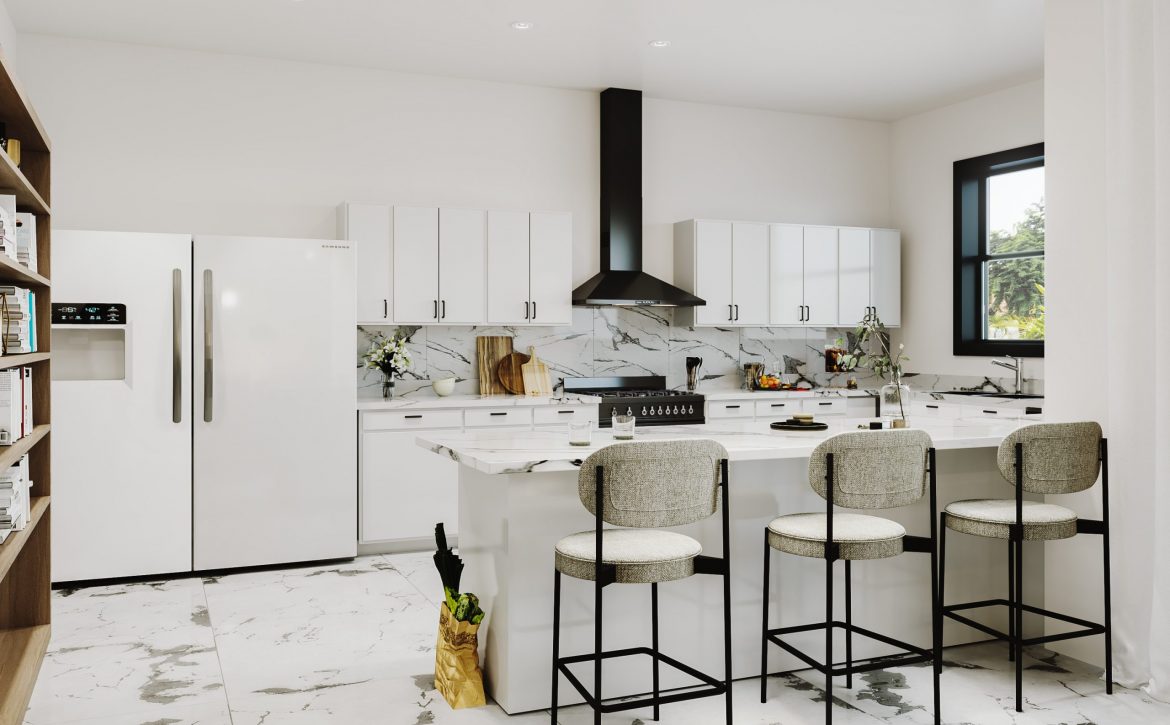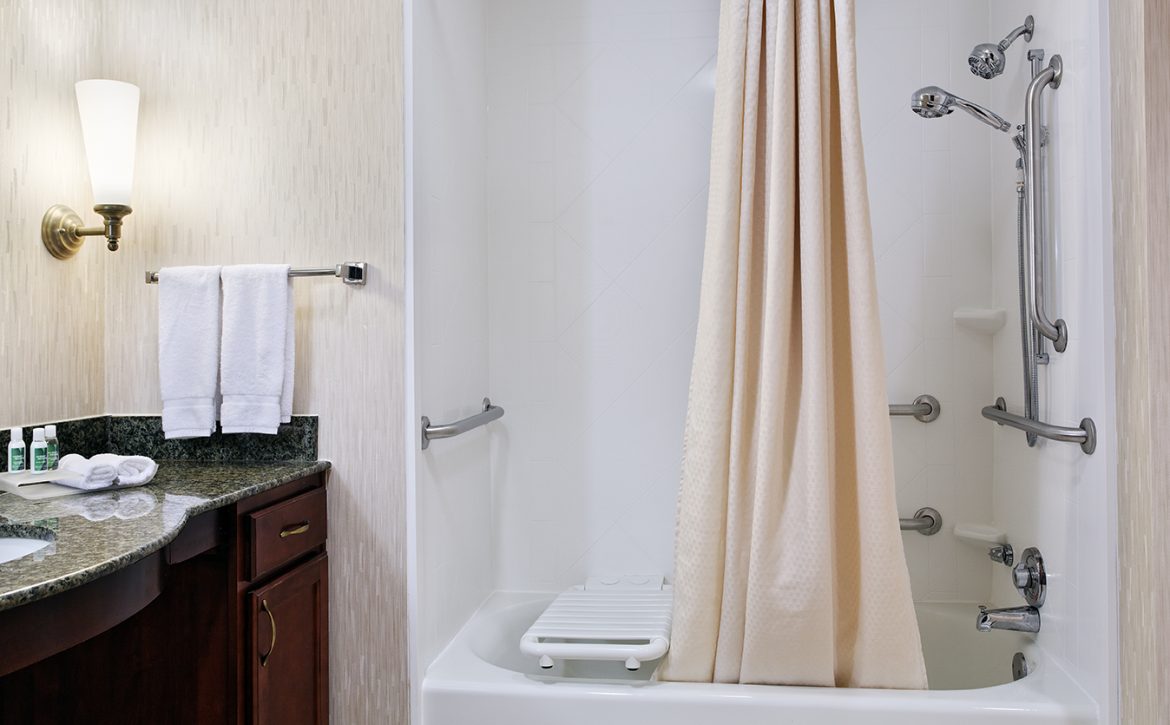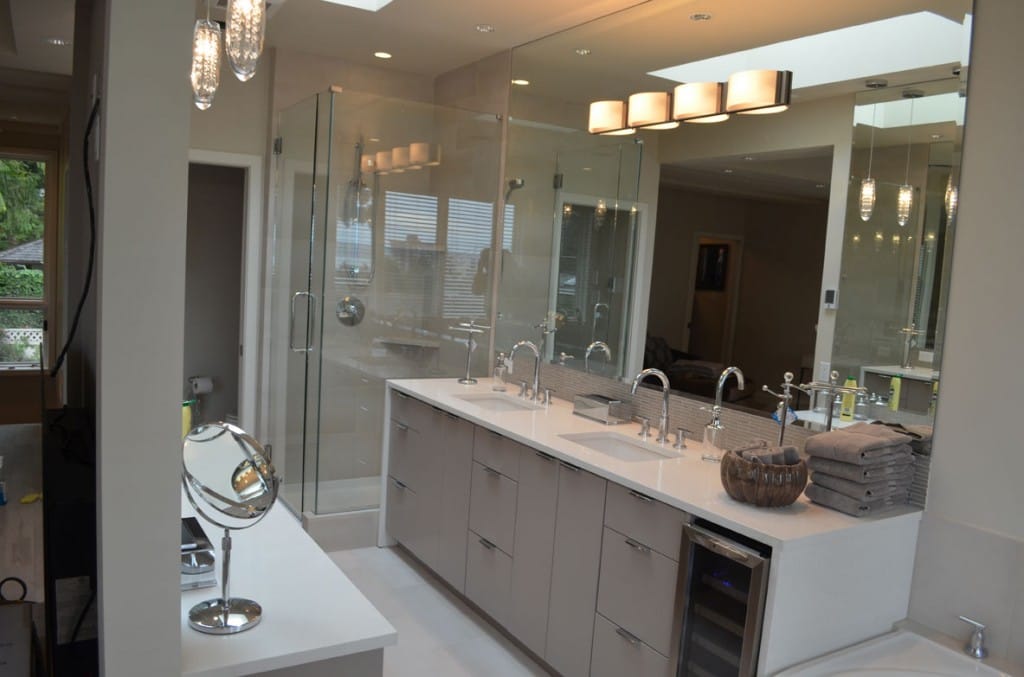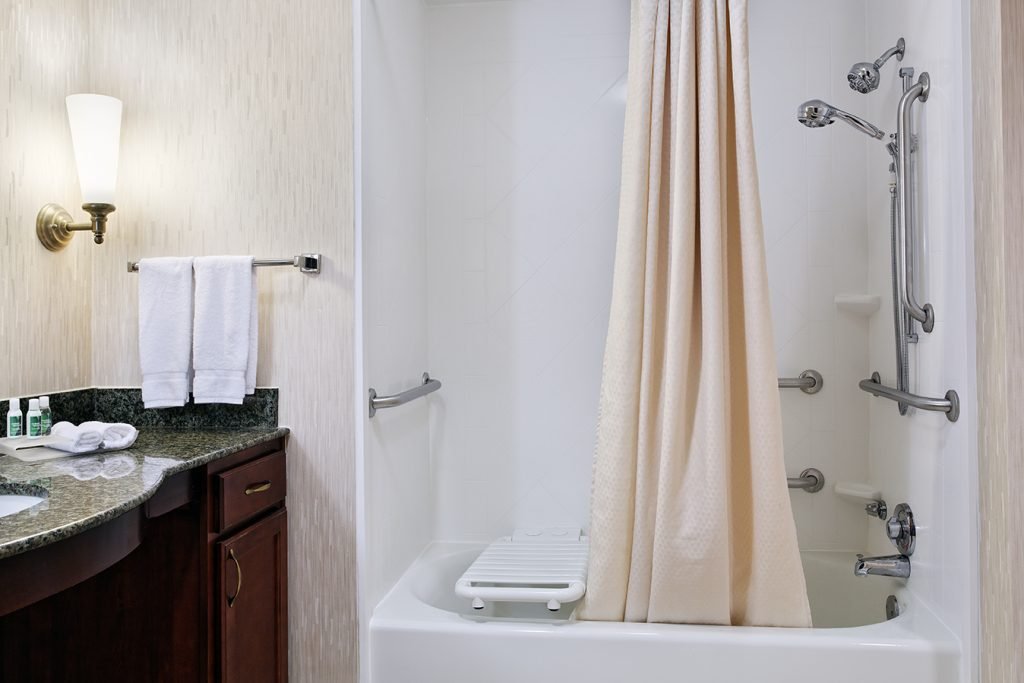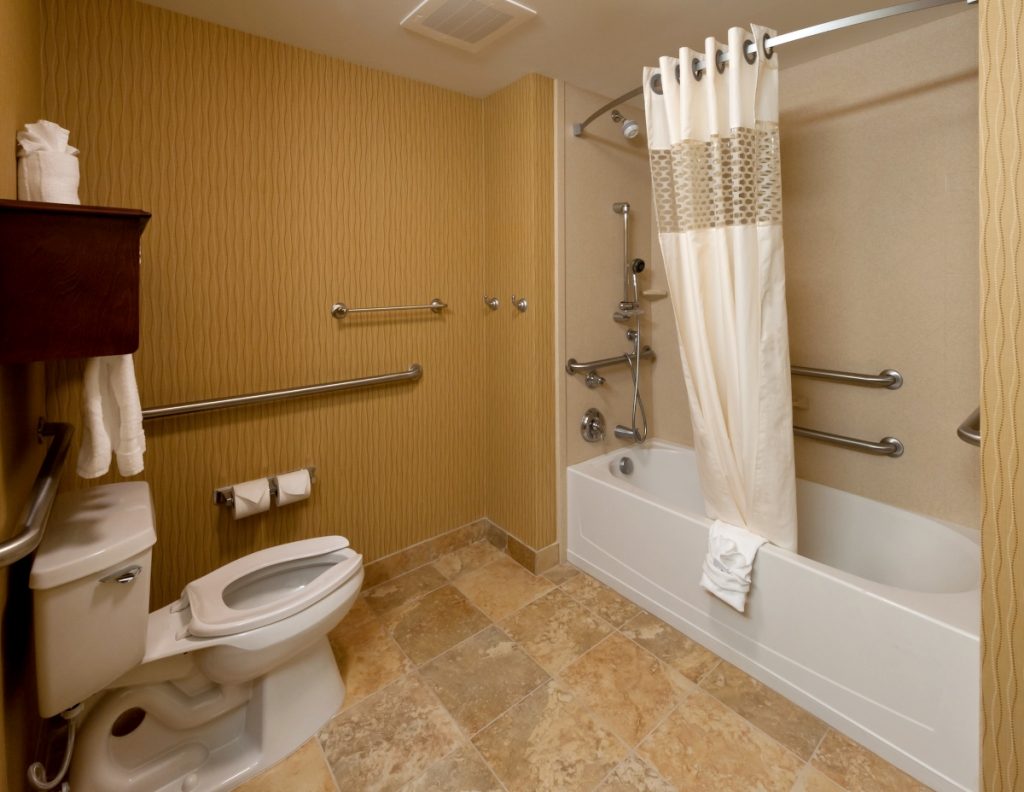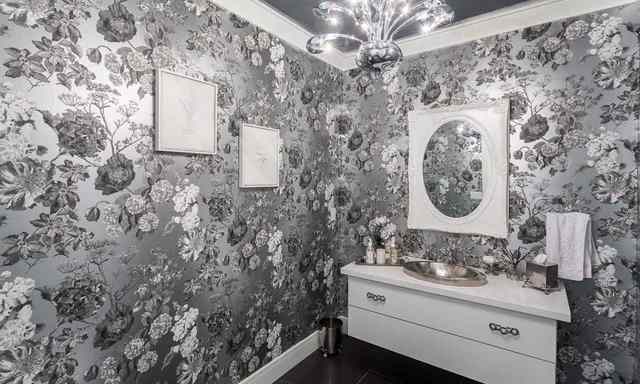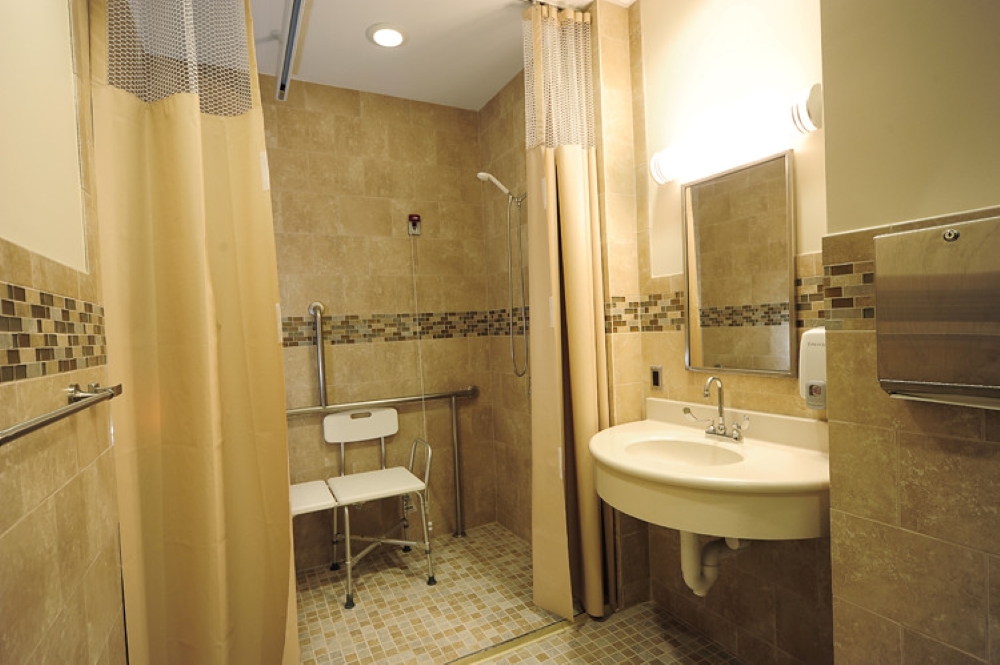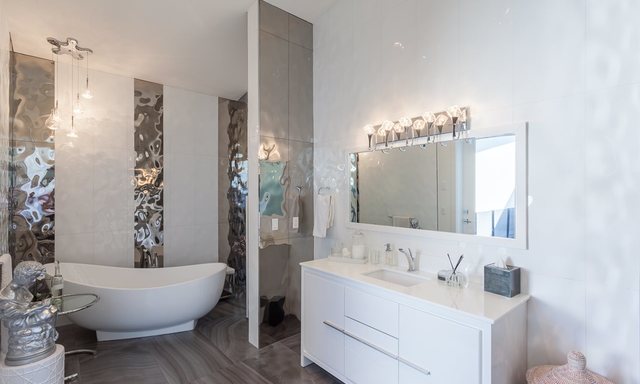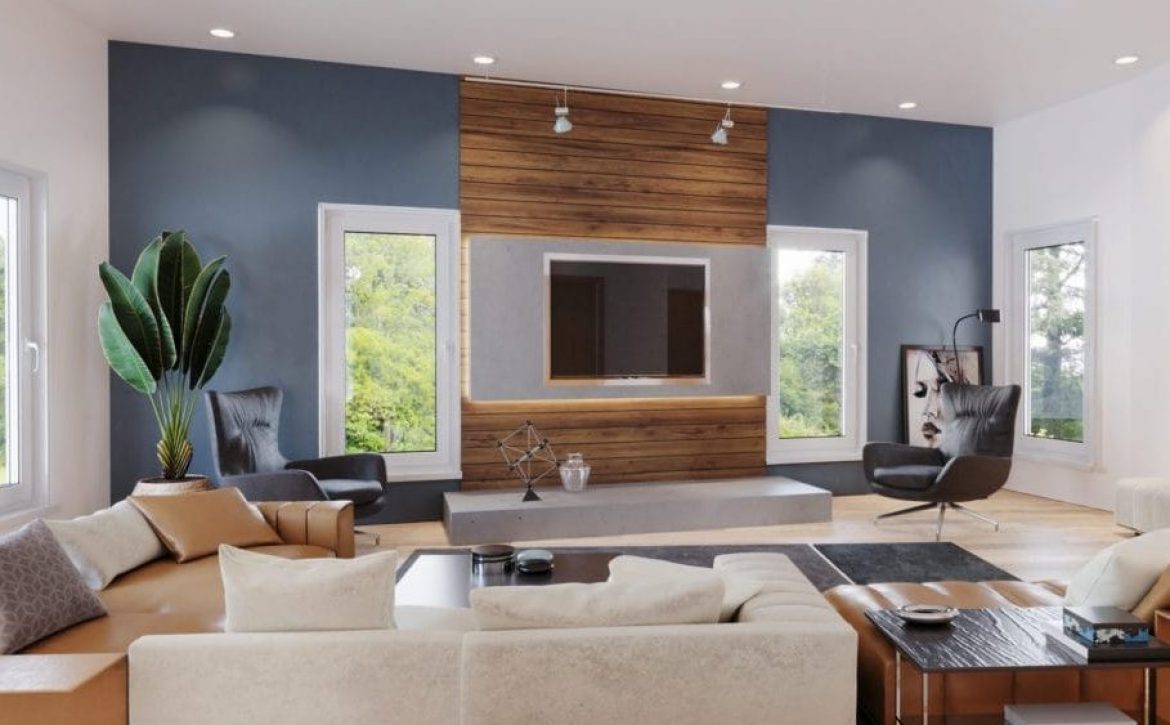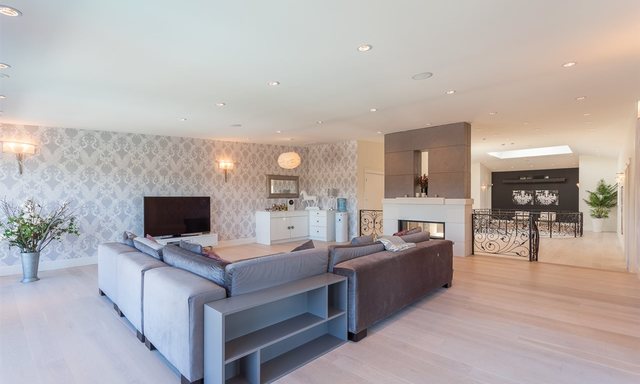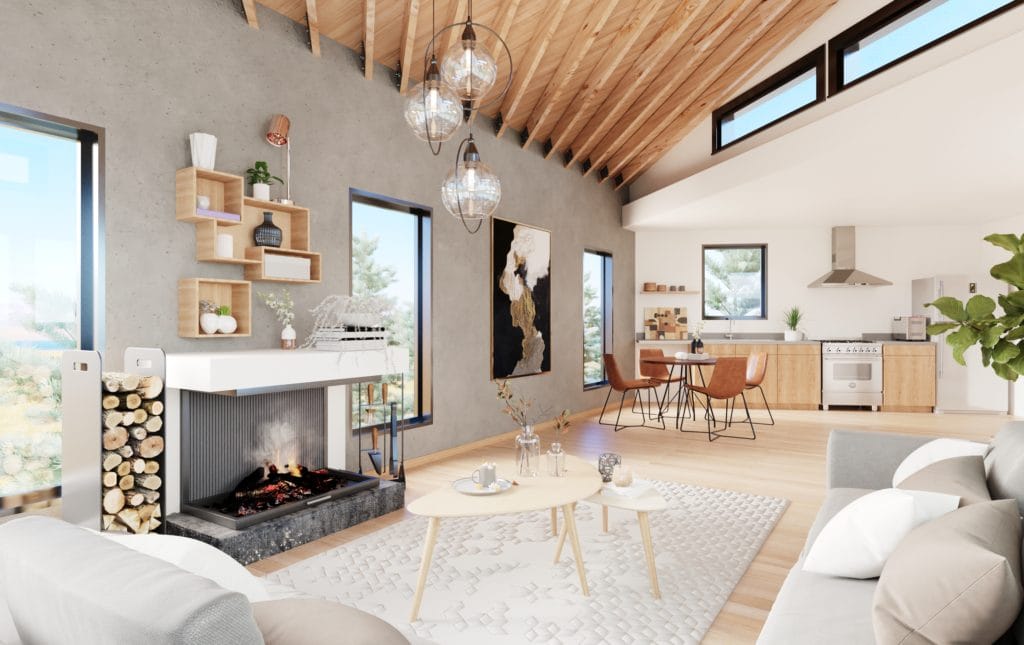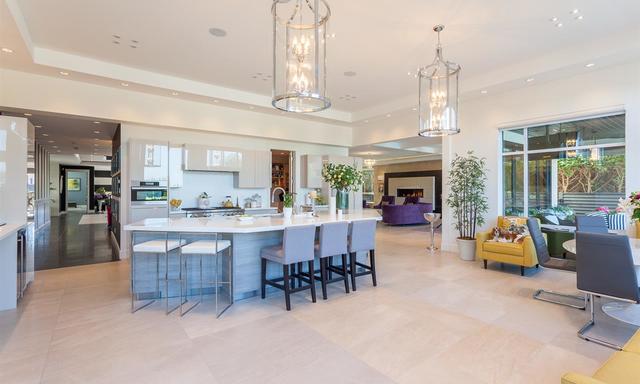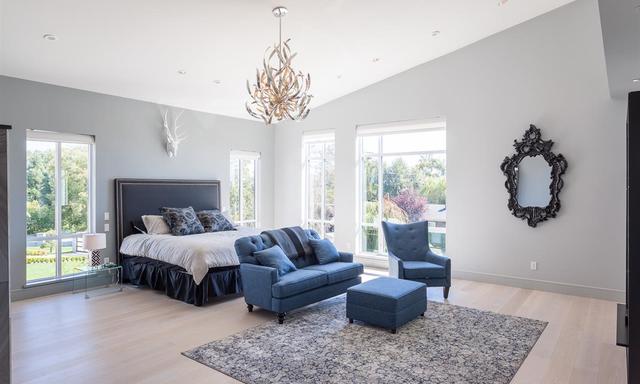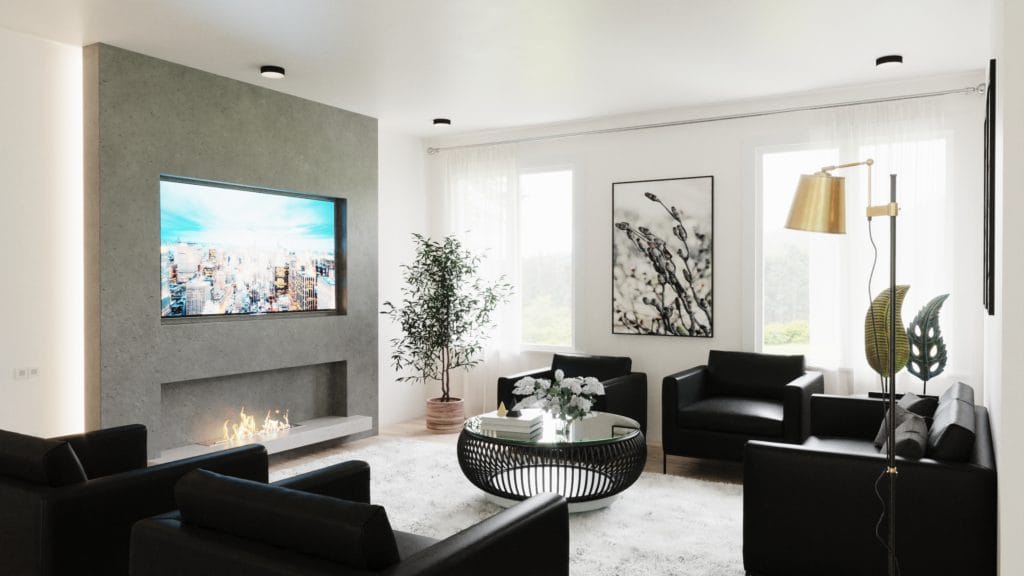Healthy Lifestyle Starts In a Healthy Living Space
A better and healthy lifestyle shouldn’t start with visiting the doctor’s office every now and then. A healthy lifestyle starts from within and in your mindset, and that includes a healthy environment in all aspects, starting from a healthy living space.
Most of us think that, in order to live a better life, we should make sure our doctor’s visits frequent and on time while keeping our medicine cabinets full of pills. The truth is, the western lifestyle and its approach to medication can also cause more harm than good. Why most people nowadays tend to live a simpler life, eat healthy food, and spend more time in nature? The answer is simple – to have a longer life and fewer issues. This is the path of happy people!
How can you live happily and stay healthy? By keeping ourselves motivated, sharp-minded and focused on the goodness of life rather than negativity. Listening to music that keeps us happy is always a better choice than depressing news that won’t have any effect on our lives. Media are thirsty for your attention, while your mind is thirsty for positive vibes.
Nurture yourself with positive energy and help your body to cure itself.
I am an author and an architectural designer. I combine holistic/self-improvement philosophy with architecture. My wish is to open a dialogue about how to improve our living space to make it age-friendly so that we can live in our homes happier, healthier, and safer!
Your Home Is What You Are
There is no such thing as a magic pill for a better living, yet it doesn’t mean that you can’t live a better life, starting today. Collect your hopes and desires, new aspirations, and change your lifestyle to make the silver time of your life a truly golden one. And what is the one place in the world that overflows with all those? Well, you’re probably sitting there right now.
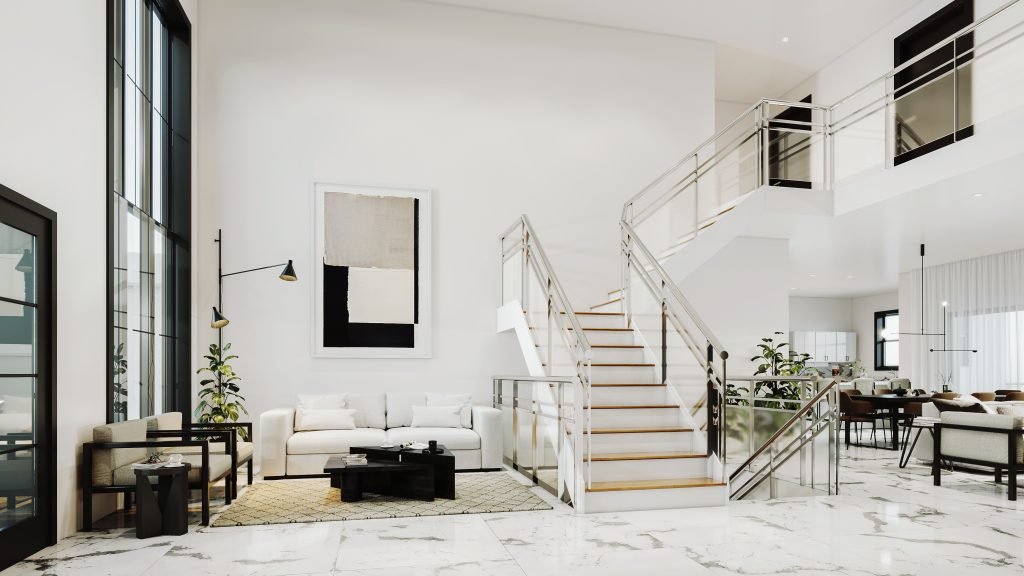
Your home is where you created all your memories, the first times, the happy times and the sad times, celebrations and goodbyes. The community around you makes (and reflects) your identity, the person you have become, and the respect you have within. It’s not easy to leave everything behind and start over elsewhere as a stranger. But you don’t have to.
We all have to make sure the environment around us is as safe and pleasant as possible. Even if you are in your golden years, it’s still possible to age in place and achieve peace of mind by proper preparation and some adaptations. Your stamina can be enhanced by the environment designed around your lifestyle, as the indoor atmosphere is one of the prime influences on mental health.
Healthy Living Space = Healthy Residents
Have you ever thought about your house layout and if it really works for you? If you live there long, you’re probably used to it, and adapted your way of life to the way our spaces are arranged. However, never forget that your home can be improved and changed at any time. As your lifestyle and goals change with age, so do your needs, and the environment should follow.
So what can you do to improve your home? How can changing the layout of particular areas improve or complement your healthier lifestyle? Well, the truth is it can do wonders. Not only can it improve efficiency and productiveness, but it also boosts your mood and even help to achieve some of your goals. Even small changes count.
Perhaps you need more space in the kitchen? Finding a neglected corner to upgrade it into a workspace may lower the stress that comes with working from home. Some improvements to a bathroom layout can do wonders for relationships. And don’t even make me start on how beneficial remodelling can be for ageing in place.
Kitchen Is an Essential Part of a Healthy Living Space
Cooking at home is great for both your physical and mental health. The process requires focus, enhances creativity, improves social life and communication. At the same time, using fresh or minimally processed ingredients help you maintain the proper diet and boost your energy levels.
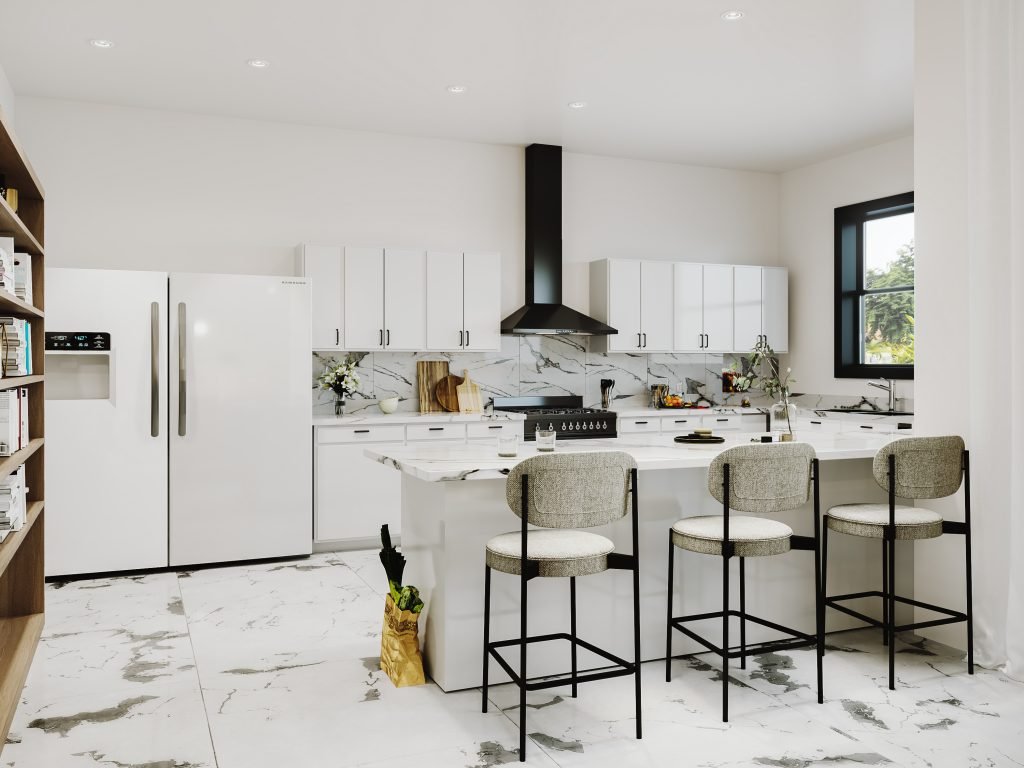
Sharing the experience with your friends and family boosts a sense of community and improves relationships. However, that also requires sufficient space. That’s why replacing a standard kitchen with an open-space plan is an excellent move, that can bring several new dimensions to your life.
Healthy Living Space Should Encourage Movement
A sedentary lifestyle is the destiny of many, and going to the gym is not always an option. A spare room or a basement can be transformed into a designated space for exercise and workouts. Whether it’s a small gym or a yoga sanctuary, this adaptation can seriously enhance your workout routine, leading to improved mental and physical balance.
What you need to do is to create a space that makes you feel good and, at the same time, makes you want to spend time in it. That way, procrastination will not be an option. The right ambiance, smart choice of colours, and tactical lighting can enhance motivation for any kind of exercise. If your choice is yoga, a peaceful palette of beige, green, or blue will promote relaxation and harmony. On the contrary, if you go for weightlifting or cardio, vivid colours and lively patterns will launch you to the right mood.
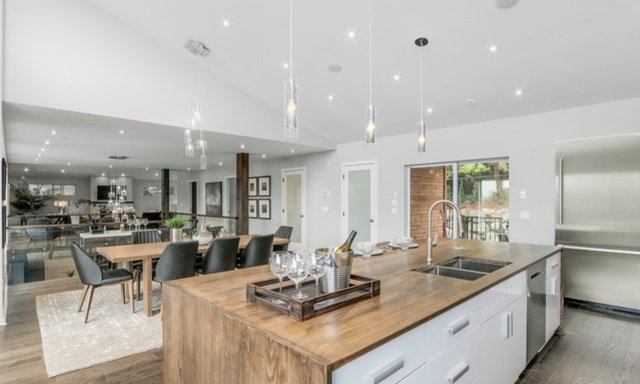
Healthy Living Space Is Free of Clutter
Excess can be stressful, especially if your things lie all around. Clutter and disorganization can raise your cortisol hormone levels, becoming a source of chronic stress over time. Smart storage can help to keep that under control.
A cluttered work environment affects your brain and the way it processes information. Having continual mess in the living zone affects all activities, including the time for relaxation. But the worst place to have cluttered is your bedroom.
Sleep problems are a common issue that keeps many adults up at night. Apart from insomnia and conditions like anxiety and depression, hoarding and overall clutter are the main culprits. Investing in remodelling that will improve storage and promote healthy organizational habits means investing in future life.
Keeping your bedroom a safe, technology-free zone is another great way to improve sleep and mental wellbeing. And if you can’t stand to leave your gadgets far, furniture with hidden compartments, even charging stations, will solve the problem. That will keep your circadian rhythm more balanced and the habit of scrolling before sleep at bay.
Healthy Living Space Promotes Social Life
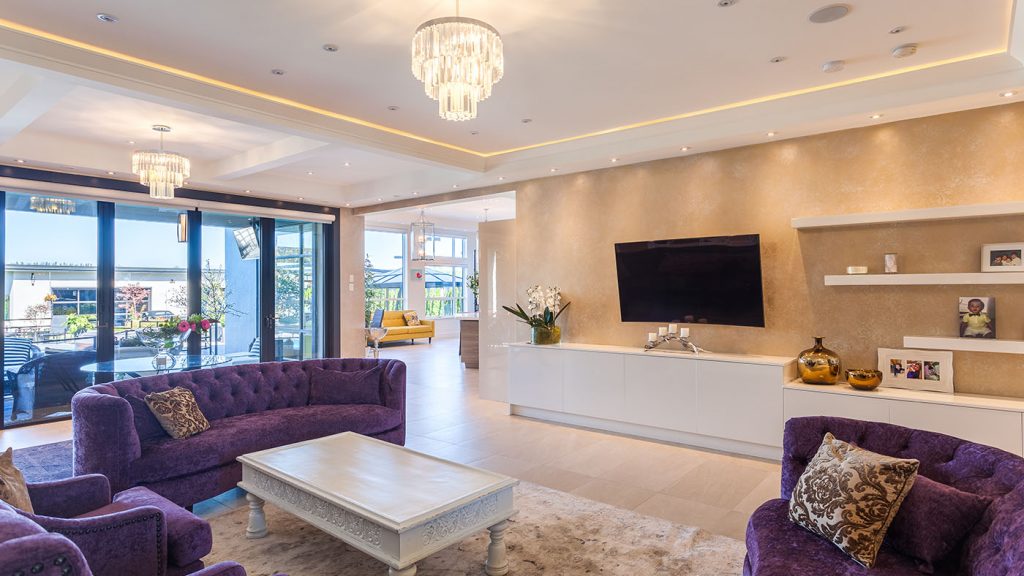
Community and connection are inseparable from well-being. Make sure that your home is an enhancer rather than a barrier to your social life. An open space built to promote communication will raise your hosting standards and help you invite people over more often.
What Else Can You Do
Proper ventilation is very important. A heat recovery ventilator (HRV) or an energy recovery ventilator (ERV) will not only filter the air but also balance out the temperature of the incoming air to level it with the existing home micro-climate. A dedicated system that runs a stream of fresh air in and out of the house all the time is an excellent solution to ensure great indoor air quality, and create a more healthy living space.
It’s also important to know where the air is coming from. Air can travel all around the house, from the attic to the crawlspace, passing through the living environment. Broken-down insulation and rodents can decrease the quality of air that’s pulled into the house. Crawlspaces can contain moisture, mould, gases, while attics may host bugs and critters. Together with cracks in insulation, it’s not the kind of air that you would like to breathe.
Without seals and proper vapour barriers, you will probably end up will the amount of moisture too high for a healthy living space. Moreover, older homes have more issues and a higher potential to be toxic than newer homes. Remodelling will eliminate all these issues, including lead paint, leaks and cracks, to deliver a strong shell in which you will build a new, improved life.
If you need advice or professional input to make sure your home is a healthy living space, schedule a consultation and find out how to improve today. Investing in the quality of your future life is one of the best investments you can make.

